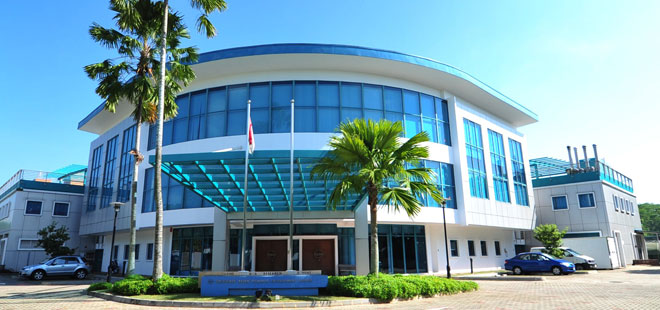- About MFRD
- Functions & Activities
- Publications
The Marine Fisheries Research Department or MFRD was established in 1969 in Singapore, as one of the SEAFDEC Departments, and responsible for promoting, undertaking, and coordinating research in fisheries post-harvest technology and furthering the development of the fish processing industry in the region.
MFRD also promotes technology-based analytical methods to assess seafood safety and quality, traceability systems for aquaculture products, and develops several manuals used as reference materials by the region’s fish processing industry. Starting in April 2019, the Marine Aquaculture Centre (MAC) of the Singapore Food Agency (SFA) has been designated to serve as the Collaborating Centre to implement MFRD programmes.
MFRD undertakes research and development on fisheries post-harvest and processing technologies to enhance the utilization of fish for human consumption. Its current activities include improvement of the quality and safety of fish and fisheries products by monitoring the chemical, antibiotic and biotoxin residues, promoting the application of Hazard Analysis and Critical Control Point (HACCP), and Good Manufacturing Practices (GMP), among others. Activities towards the establishment of traceability systems for the aquaculture products in the region, have also been carried out.
For more information please contact MFRD Chief, Mr. Tan Yit Wee, email: tan_yit_wee@sfa.gov.sg
MFRD Publications for download please click
 SEAFDEC Southeast Asian Fisheries Development Center
SEAFDEC Southeast Asian Fisheries Development Center
